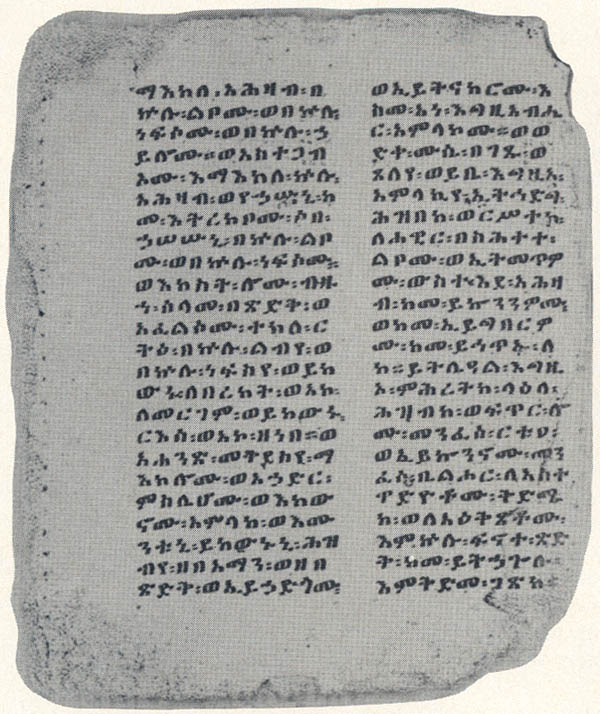Image Details

Courtesy of James VanderKam
Ethiopic Jubilees. A page from the best extant early copy of the Book of Jubilees dates from the mid-16th century A.D. This page contains part of a dialogue between Moses and God on Mt. Sinai. Originally composed in Hebrew, Jubilees is the earliest source to say Moses wrote the stories in Genesis and Exodus. In the Pentateuch, Moses is associated only with the writing of the laws, not the entire narrative. Jubilees is named for the way its author measured time. In Leviticus 25, every fiftieth year was a Year of Jubilee, a time when slaves were released and land returned to its original owner. The Book of Jubilees uses the 49-year period (seven times seven) between each Jubilee year as the unit of measure for a 2,450-year chronology divided into 50 of these 49-year units—a Jubilee of Jubilees. It also measures the year as 364 days long—another multiple of seven—so every festival occurred on the same day of the week each year. The book emphasizes the nation’s release from bondage through a retelling of Genesis-Exodus stories from the first day of creation up to the arrival of the Israelites at Mt. Sinai.
